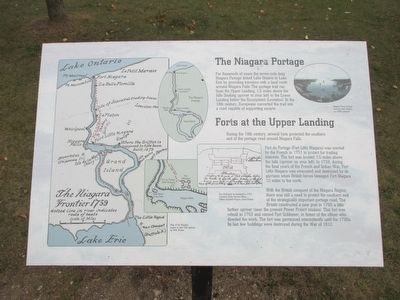Welcome to Ocracoke Lighthouse, a steadfast sentinel that has stood the test of time on the Outer Banks of North Carolina. Established in 1823, this lighthouse is the second oldest operating lighthouse in the state and a significant historical landmark. It was built to help guide ships through the treacherous waters of the Ocracoke Inlet, an area notorious for shipwrecks and the piratical exploits of Blackbeard, who once roamed these very shores.
The story of Ocracoke Lighthouse begins in the early 19th century when Congress recognized the need for a navigational aid in this perilous stretch of coast. The initial construction was overseen by Noah Porter, a Massachusetts engineer, who completed the structure for just over $11,000 – a considerable sum at the time. Standing at 75 feet tall, its walls are five feet thick at the base, tapering to two feet at the top, showcasing the architectural ingenuity of its era.
Over the years, the lighthouse has witnessed numerous historical events. During the Civil War, Union forces used it as a lookout. However, its primary purpose remained unchanged: safeguarding mariners. It’s fascinating to note that unlike many lighthouses, Ocracoke has never had a spiral staircase. Instead, a series of ship’s ladders lead to the lantern room.
The lighthouse keepers who lived and worked here played crucial roles, maintaining the light and ensuring its foghorn could be heard amidst the storms. In the early 20th century, automation replaced the need for a full-time keeper, yet the stories of those who served remain part of its rich history.
Today, Ocracoke Lighthouse is a beloved symbol of resilience and continuity. Though it is not open for climbing, visitors can explore the grounds and imagine the lives of those who depended on its light. Its historical significance and the tales of the seafarers it aided make it a must-visit for history enthusiasts and maritime lovers alike.


